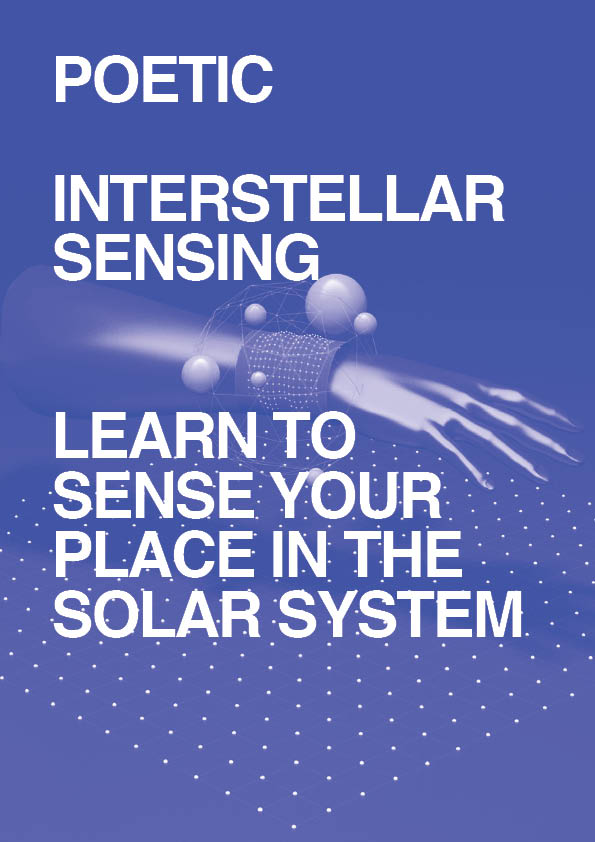Click
-
Hover
Prosh
Students: Pablo Bellon, Antoine Barras
The sonar, like echolocalisation, makes distance easy and precise to quantify. By placing two ultrasonic sensors and two vibrtors on a hat, the user is able to feel a precise feedback depending on the proximity of an object. The vibrator would shake faster if the object is closer.
Click
-
Hover
Haptic Sound
Students: Lisa Kishtoo, Maya Bellier, Ivan Chestopaloff
The device is placed on the chest, a part of the body that resonates and where you easily feel vibrations. The frequencies of the sound are mapped on a 9*64 grid. Low frequencies at the bottom and high frequencies at the top. The column of the middle is where you feel the real frequencies of the music. It takes 4 columns to fade in, 4 columns to fade out, so you get that rolling effect, and maybe can try to expect the frequencies you are going to feel. Each white circle here is a vibrator, and its opacity represents the intensity of the vibrations.
Click
-
Hover
Feeld
Students: Diane Thouvenin, Guillaume Giraud, Mica Pica, Paul Noël
More connected to the World everyday, we keep focused all the time on our electronic devices. As a result, we feel more connected to our friends and family. Then how get people more depressed and feel more and more lonely? We arrived to the conclusion that being focused on our electronic devices keep us away from listening our body and emotions. As if we couldn’t understand what happens in our head anymore. Eventually, the more technology absorbs our mind, the more we loose the “sense of empathy”. Our purpose is to create a new sense of empathy developing the already existing sense of touch.
Data Scent
Students: Aurélien Pellegrini, Bastien Claessens, Evan Kelly, Léonard Guyot
Our numerical identity is made of what we used to do on the internet. If you like a post on Facebook, share an image on Instagram or listen to music on Spotify, you are building your own numerical identity. What defined this kind of data is that these are not physically accessible. We cannot easily touch them, taste them or even smell them. So that’s the point, we want to make this numerical identity perceptible by one of our five senses and learn people how to develop it: smell. The another goal is to be able to differentiate the numerical profile of the other people. After training your nose will know what kind of person you have in front of you.






.jpg)
.jpg)
.jpg)
.jpg)
.jpg)
.jpg)
.jpg)
.jpg)
.jpg)
.jpg)
.jpg)
.jpg)
.jpg)
.jpg)
.jpg)
.jpg)
.jpg)
.jpg)